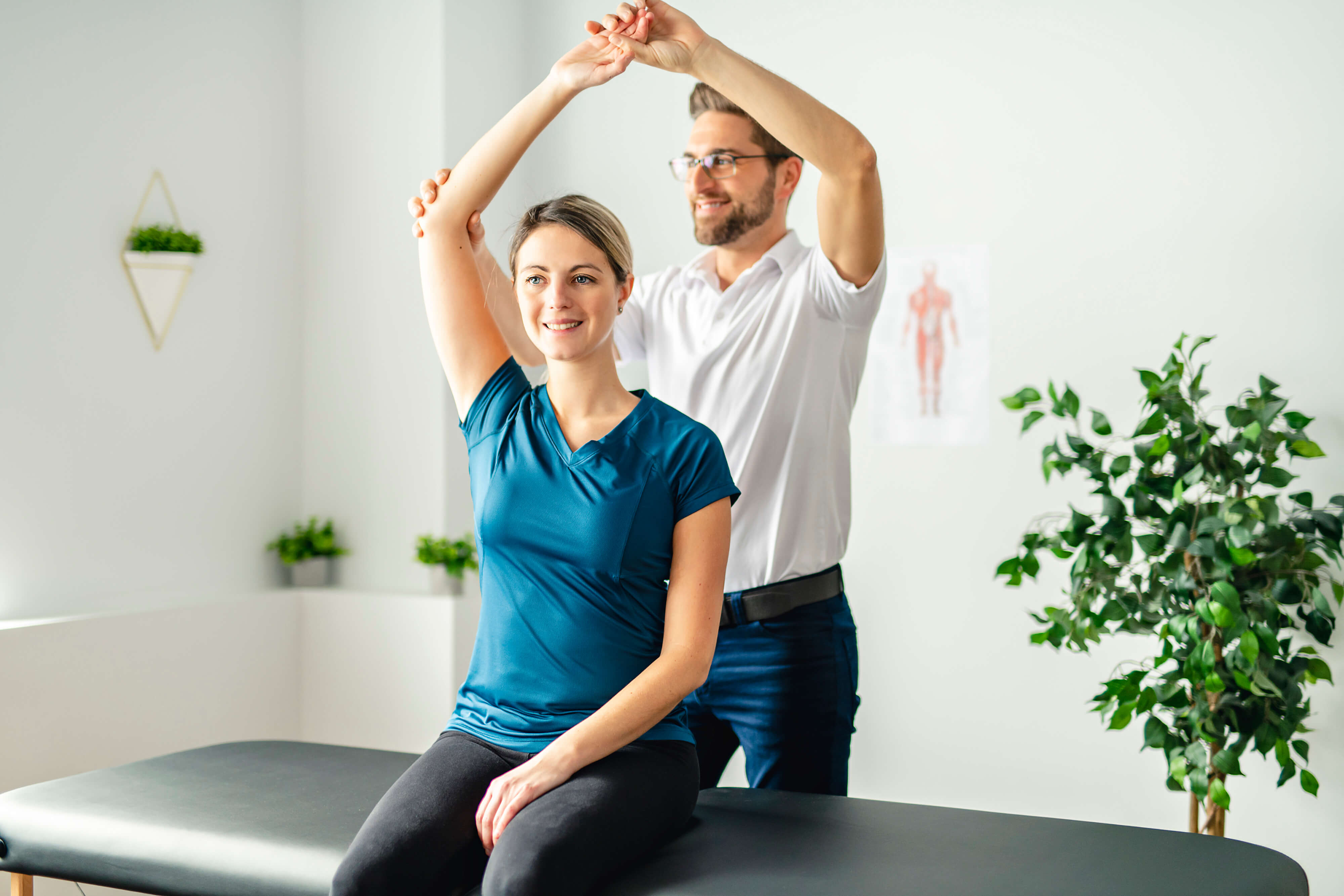
Orthopedic doctors in kenya are medical professionals who specialize in treating conditions of the musculoskeletal system. This includes the bones, muscles, tendons, ligaments, and joints that make up our bodies. Orthopedic doctors are trained to diagnose and treat a wide range of conditions, from acute injuries like fractures and sprains to chronic conditions such as arthritis and back pain. For more info Visit us- https://www.spineclinicafrica.org/physiotherapist-orthopedic-surgeon-kenya.php
Orthopedics for Acute Injuries and Chronic Conditions
Orthopedic doctors can diagnose and treat both acute injuries and chronic conditions. Acute injuries are sudden, traumatic injuries that often require immediate attention. This might include a broken bone or a torn ligament. Chronic conditions, on the other hand, are long-term conditions that develop gradually over time. This might include conditions like osteoarthritis or degenerative disc disease.
The Type of Conditions Treated by Orthopedic Doctors
Orthopedic doctors can treat a wide range of conditions affecting the musculoskeletal system. This might include conditions like joint pain, back pain, sports injuries, carpal tunnel syndrome, and more. Orthopedic doctors in kenya can also treat conditions affecting the bones, such as fractures and osteoporosis.
How an Orthopedic Doctor Can Help
Orthopedic doctors can help in a variety of ways. Here are just a few of the ways in which an orthopedic doctor can help:
- Diagnosis: Orthopedic doctors are trained to diagnose a wide range of musculoskeletal conditions. They can perform physical exams, order diagnostic tests like X-rays and MRIs, and use their expertise to determine the underlying cause of your symptoms.

- Pain Management: Orthopedic doctors can help manage pain caused by acute injuries and chronic conditions. This might include prescribing medication, recommending physical therapy, or using other treatment modalities to alleviate pain and promote healing.
- Range of Motion: Orthopedic doctors can help improve range of motion and mobility in patients with musculoskeletal conditions. This might include recommending exercises, stretches, and other therapies to help improve strength and flexibility.
- Injury Treatment: Orthopedic doctors can provide treatment for acute injuries like fractures, sprains, and strains. This might include immobilization, surgery, or other interventions to promote healing.
Signs You Need to See an Orthopedic Specialist
So, when should you see an orthopedic specialist? Here are some signs that it might be time to see an orthopedic doctor:
- Chronic or severe pain in your joints or muscles
- Difficulty performing everyday activities due to pain or limited mobility
- A recent injury that is not improving with rest and basic treatment
- Limited range of motion or mobility
- Evidence of joint or bone degeneration on an X-ray or other diagnostic test
Choosing an Orthopedic Expert
If you do decide to seek treatment from an orthopedic doctor, it's important to choose someone who is experienced and qualified. Look for the best orthopedic doctors in kenya who is board-certified and has experience treating your specific condition. You can also ask for recommendations from your primary care physician or check online reviews to see what other patients have to say.
Conclusion:
Orthopedic doctors are trained to diagnose and treat a wide range of musculoskeletal conditions, from acute injuries like fractures and sprains to chronic conditions like arthritis and back pain. By seeking treatment from an orthopedic doctor, you can receive a personalized treatment plan designed to address your specific needs and help improve your quality of life.



























